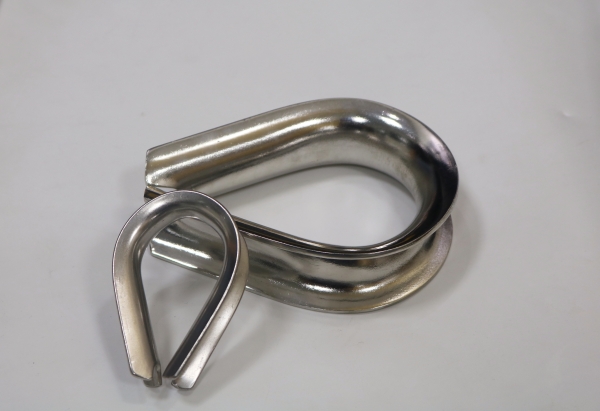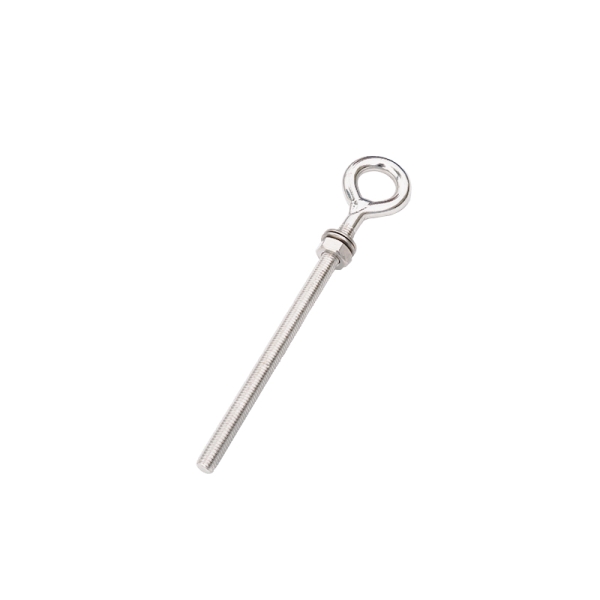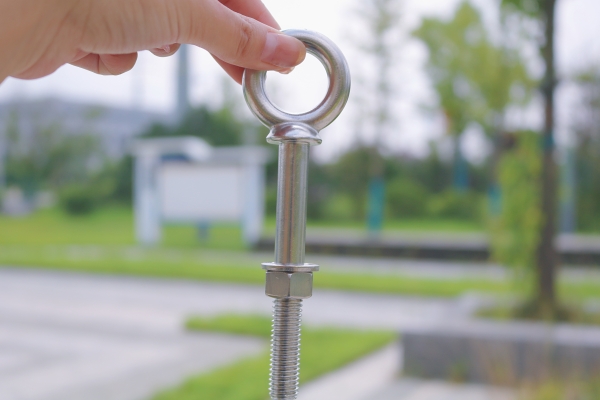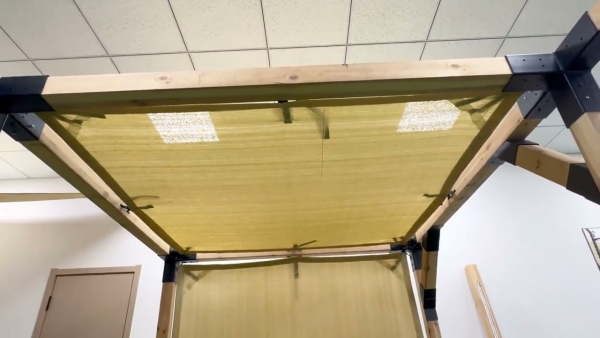ถัดไป เพิ่มรายละเอียด เช่น ความสูงของเสา ระยะห่างระหว่างเสา และองค์ประกอบตกแต่งใดๆ เช่น แผงขัดแตะหรือโครงบังตาที่เป็นช่อง ใส่ใจกับสัดส่วนของเรือนกล้วยไม้เพื่อให้แน่ใจว่าจะดูสวยงาม ความสูงของเสาควรเป็นสัดส่วนกับขนาดโดยรวมของโครงสร้าง ในขณะที่ระยะห่างระหว่างเสาควรสม่ำเสมอ
เมื่อร่างรูปร่างพื้นฐานของเรือนกล้วยไม้แล้ว ก็ถึงเวลาเพิ่มองค์ประกอบที่มีรายละเอียดมากขึ้น เช่น โครงสร้างหลังคาและคุณสมบัติเพิ่มเติมใดๆ เช่น ม้านั่งหรือกระถางต้นไม้ หลังคาของร้านปลูกไม้เลื้อยสามารถสร้างได้หลายวิธี รวมถึงการใช้คานและจันทันหรือแผงขัดแตะ พิจารณาสไตล์ของบ้านและพื้นที่ภายนอกของคุณเมื่อออกแบบโครงสร้างหลังคา
เมื่อเพิ่มคุณสมบัติเพิ่มเติมให้กับเรือนปลูกไม้เลื้อย ตรวจสอบให้แน่ใจว่าองค์ประกอบเหล่านั้นได้รับการบูรณาการเข้ากับการออกแบบโดยรวมอย่างแนบเนียน ม้านั่งสามารถใช้เป็นที่นั่งสำหรับการพบปะสังสรรค์กลางแจ้ง ในขณะที่กระถางต้นไม้สามารถเพิ่มสัมผัสแห่งความเขียวขจีให้กับพื้นที่ได้ ลองพิจารณาว่าองค์ประกอบเหล่านี้จะเพิ่มประสิทธิภาพการทำงานและความสวยงามของร้านปลูกไม้เลื้อยได้อย่างไร
สุดท้าย เพิ่มมิติและหมายเหตุลงในภาพวาดเพื่อให้ความชัดเจนเพิ่มเติมสำหรับทุกคนที่จะสร้างร้านปลูกไม้เลื้อย รวมการวัดความยาวและความกว้างของท่อนไม้แต่ละชิ้น รวมถึงมุมหรือการตัดใดๆ ที่จำเป็นต้องทำ นอกจากนี้ยังสามารถเพิ่มหมายเหตุเพื่อระบุประเภทของไม้ที่จะใช้ ตลอดจนเทคนิคการก่อสร้างเฉพาะใดๆ ที่ควรปฏิบัติตาม
โดยสรุป การสร้างภาพวาดโดยละเอียดของเรือนกล้วยไม้ไม้ขนาด 4”x4” เป็นขั้นตอนสำคัญ ในกระบวนการออกแบบ ด้วยการทำตามขั้นตอนที่ระบุไว้ในบทความนี้ คุณสามารถมั่นใจได้ว่าร้านปลูกไม้เลื้อยของคุณมีทั้งรูปลักษณ์ที่ดึงดูดสายตาและมีโครงสร้างที่ดี ใส่ใจกับสัดส่วน รายละเอียด และขนาดของภาพวาดอย่างใกล้ชิดเพื่อสร้างพิมพ์เขียวที่แสดงถึงวิสัยทัศน์ของคุณสำหรับเรือนกล้วยไม้ได้อย่างแม่นยำ ด้วยการวางแผนอย่างรอบคอบและความเอาใจใส่ในรายละเอียด คุณสามารถสร้างเรือนกล้วยไม้ไม้ที่สวยงามและใช้งานได้จริง ซึ่งจะช่วยเพิ่มพื้นที่กลางแจ้งของคุณไปอีกหลายปี

Next, add details such as the height of the posts, the spacing between them, and any decorative elements such as lattice panels or trellises. Pay close attention to the proportions of the pergola to ensure that it is visually appealing. The height of the posts should be proportional to the overall size of the structure, while the spacing between them should be consistent.
Once the basic shape of the pergola has been sketched out, it is time to add more detailed elements such as the roof structure and any additional features such as benches or planters. The roof of a timber pergola can be constructed in a variety of ways, including using beams and rafters or lattice panels. Consider the style of your home and outdoor space when designing the roof structure.
When adding additional features to the pergola, make sure that they are integrated seamlessly into the overall design. Benches can provide seating for outdoor gatherings, while planters can add a touch of greenery to the space. Consider how these elements will enhance the functionality and aesthetics of the pergola.
Finally, add dimensions and notes to the drawing to provide further clarity for anyone who will be constructing the pergola. Include measurements for the length and width of each timber piece, as well as any angles or cuts that need to be made. Notes can also be added to indicate the type of timber to be used, as well as any specific construction techniques that should be followed.
In conclusion, creating a detailed drawing of a 4”x4” timber pergola is an essential step in the design process. By following the steps outlined in this article, you can ensure that your pergola is both visually appealing and structurally sound. Pay close attention to the proportions, details, and dimensions of the drawing to create a blueprint that accurately represents your vision for the pergola. With careful planning and attention to detail, you can create a beautiful and functional timber pergola that will enhance your outdoor space for years to come.






